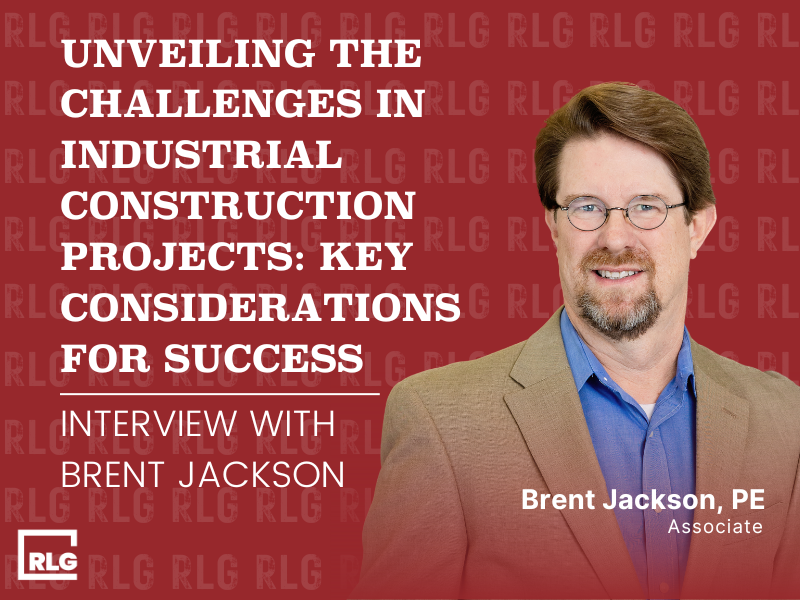
How has the industrial market sector grown in the last 5 years?
Exponentially, e-commerce has brought about a fundamental transformation in the way people purchase goods, leading to a significant rise in demand for large distribution centers and smaller last-mile hubs. This shift was further reinforced during the COVID-19 pandemic. Not only did it impact logistics and distribution, but it also caused a profound disruption in supply chains across various industries, thereby prompting a surge in manufacturing facilities. Many companies have either relocated their entire manufacturing operations back to the United States or built new facilities within the United States as a redundancy to backstop their overseas manufacturing capabilities.
What do you expect it to do in the next 5 years?
I believe we will witness a dip compared to the rapid growth of the past few years, primarily due to some degree of saturation within the sector. Nevertheless, I anticipate that the e-commerce industry will remain robust due to the enduring shift in consumer behavior, which has fundamentally transformed the way people make purchases.
What are the main challenges faced in industrial construction projects?
From a structural perspective, the design of distribution and warehouse buildings is generally straightforward. However, the primary challenge lies in accommodating the large size of these facilities, which requires the inclusion of building expansion joints. These joints can affect the lateral force resistance systems and introduce additional complexity to the design process.
Another significant challenge in such facilities is the design of the ground floor slab. Factors such as achieving overall flatness and levelness become crucial due to higher clear heights and the presence of automated or robotic retrieval systems. Additionally, ensuring the durability of the slabs is vital to withstand operational demands.
In the case of manufacturing facilities, one of the major hurdles often involves coordinating efforts between the design team and the owner's process designers and equipment suppliers. This coordination becomes particularly intricate when multiple suppliers need to be accounted for, in addition to the conventional roles of the architect, civil engineer, MEP engineer, and others involved in the project.
How does industrial construction differ from other types of construction?
Distribution and warehouse facilities commonly feature concrete tilt panel walls with steel joists and joist girder roofs. While tilt panel walls can be utilized in various building types such as offices and schools, they are particularly prevalent in the industrial sector due to their durability and cost-effectiveness. In the realm of manufacturing, a notable distinction lies in the size of the building elements such as columns, beams, and walls. This is primarily dictated by the substantial weights and forces exerted by large equipment, as well as the high concentration of process piping and electrical conduits typically suspended from the overhead framing.
What is your favorite Industrial project thus far? why?
Thus far my favorite Industrial project is a new ground-up insulation manufacturing facility. The facility is approximately 630,000 square feet, and has specific requirements for clear height, with heights of 120 feet and 80 feet, as well as long clear spans measuring 100 feet and 130 feet. Although exciting, this project has had its challenges. Due to the involvement of approximately six different equipment suppliers and process groups, coordination has been challenging.
What percentage of your projects are industrial? Do you expect that to change or stay the same?
Approximately half of my projects pertain to the industrial sector. I think this trend will remain relatively stable, at least in the foreseeable future.

